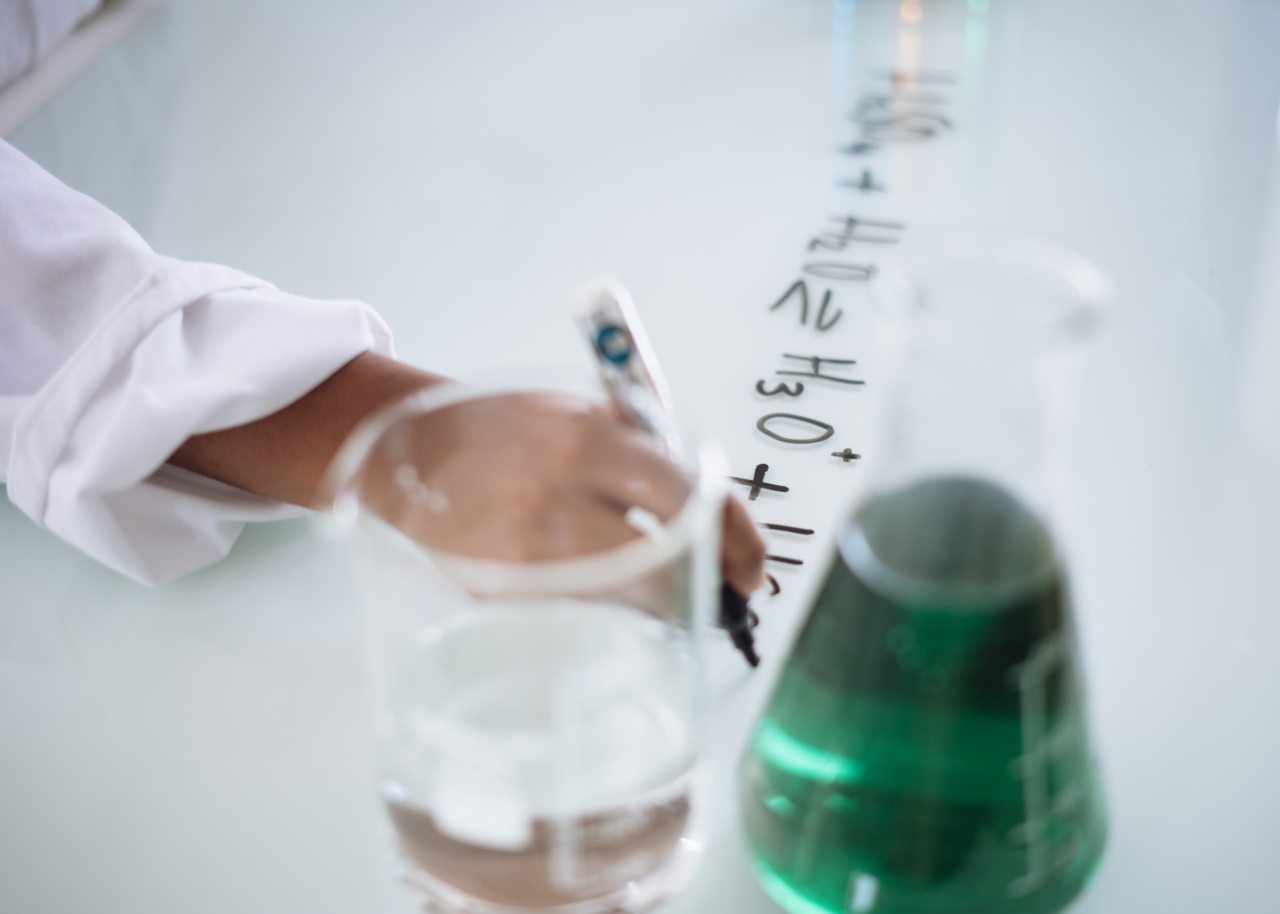Fluid retention, also known as edema, is a common condition caused by the accumulation of excess fluid in the body’s tissues. It can occur in various parts of the body, such as the legs, ankles, feet, hands, and even the abdomen.
While it may not always indicate a serious underlying condition, persistent or severe fluid retention should not be ignored. Understanding the causes and solutions for fluid retention can help individuals manage this condition effectively.
What Causes Fluid Retention?
There are several factors that can contribute to fluid retention, including:.
Poor Circulation
Inadequate blood flow or poor circulation can cause fluid to accumulate in certain areas of the body. This can be a result of sitting or standing for long periods, which can lead to fluid pooling in the legs and ankles.
Conditions like varicose veins and deep vein thrombosis can also impede proper circulation and contribute to fluid retention.
High Sodium Intake
Consuming excessive amounts of sodium can lead to fluid retention. Sodium is known to cause the body to retain water, which can manifest as swelling in various parts of the body.
Processed foods, canned goods, and fast food are often high in sodium, so limiting their consumption can help reduce fluid retention.
Hormonal Changes
Hormonal imbalances, particularly during menstruation, pregnancy, or menopause, can contribute to fluid retention. Fluctuating hormone levels can affect the body’s regulation of fluid balance, leading to swelling and bloating.
Heart and Kidney Problems
Heart and kidney diseases are among the most common causes of fluid retention. When the heart or kidneys are not functioning properly, fluid can accumulate in the body’s tissues.
Conditions like congestive heart failure and kidney failure can significantly contribute to fluid retention.
Liver Disease
Liver diseases, such as cirrhosis, can impair the liver’s ability to produce certain proteins necessary for maintaining fluid balance in the body. This can result in fluid retention and swelling in the abdomen, known as ascites.
Perimenopause and Menopause
During perimenopause and menopause, hormonal fluctuations can lead to water retention, causing temporary weight gain and bloating. The decrease in estrogen levels during these stages of a woman’s life can affect fluid balance in the body.
Solutions for Fluid Retention
While addressing the root cause of fluid retention is essential, there are several strategies individuals can employ to manage their symptoms:.
1. Reduce Sodium Intake
Limiting sodium consumption can help minimize fluid retention. Opt for fresh, whole foods and avoid processed and packaged products that tend to be high in sodium.
Investing in herbs and spices to enhance the flavor of your dishes can also be a healthier alternative to salt.
2. Stay Hydrated
Although it may seem counterintuitive, staying well-hydrated can actually help regulate fluid balance in the body.
Make sure to drink enough water throughout the day to support healthy kidney function and prevent dehydration, which can worsen fluid retention.
3. Exercise Regularly
Engaging in regular physical activity can promote circulation and reduce fluid retention. Focus on activities that involve movement of the affected areas, such as walking, biking, or swimming.
Avoid prolonged periods of sitting or standing, as these can contribute to fluid accumulation.
4. Elevate Your Legs
If fluid retention primarily affects your legs and ankles, elevating them above heart level can help improve circulation and reduce swelling.
Try propping your legs up on pillows while lying down or using a footrest while sitting to encourage fluid drainage.
5. Wear Compression Garments
Compression stockings or sleeves can provide external pressure to the affected areas, assisting with fluid redistribution and preventing fluid buildup. These garments work by improving circulation and reducing swelling.
6. Limit Alcohol Consumption
Alcohol can dehydrate the body, leading to fluid retention. Additionally, excessive alcohol consumption can strain the liver and worsen fluid retention in individuals with liver disease. Moderation is key when it comes to alcohol intake.
7. Consume Potassium-Rich Foods
Increasing potassium intake can help counterbalance the effects of sodium and minimize fluid retention. Potassium-rich foods include bananas, avocados, oranges, spinach, and sweet potatoes.
However, individuals with kidney problems should consult their healthcare provider regarding potassium intake.
8. Practice Stress Reduction Techniques
Chronic stress can contribute to fluid retention. Engage in activities that help manage stress, such as yoga, meditation, deep breathing exercises, or spending time in nature. Stress reduction techniques can positively impact fluid balance in the body.
9. Seek Medical Advice
If fluid retention persists or worsens despite implementing lifestyle changes, it is essential to consult a healthcare professional. Underlying medical conditions may require specific treatment or medication.
A thorough evaluation can help diagnose and manage the root cause of fluid retention.
10. Monitor Your Weight
Paying attention to your weight can help you identify fluid retention early on. Sudden and significant weight gain, accompanied by swelling, can be an indicator of fluid retention.
Regularly tracking your weight can help you notice any changes and seek appropriate medical attention if necessary.































